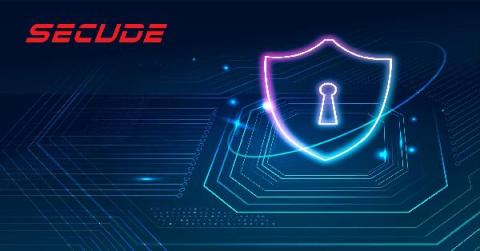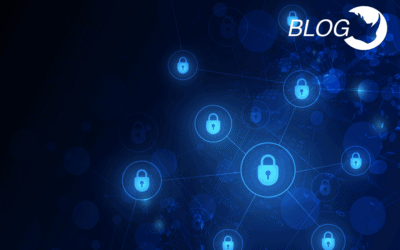3 reasons SMBs are more vulnerable to cyberattacks than large enterprises
Details about cyberattacks on small-and-medium-sized businesses (SMBs) may not make it to the headlines, but numerous industry reports and surveys have highlighted the grim reality of the SMB cybersecurity landscape. Even before the COVID-19 pandemic, SMBs were largely targeted by adversaries1.











